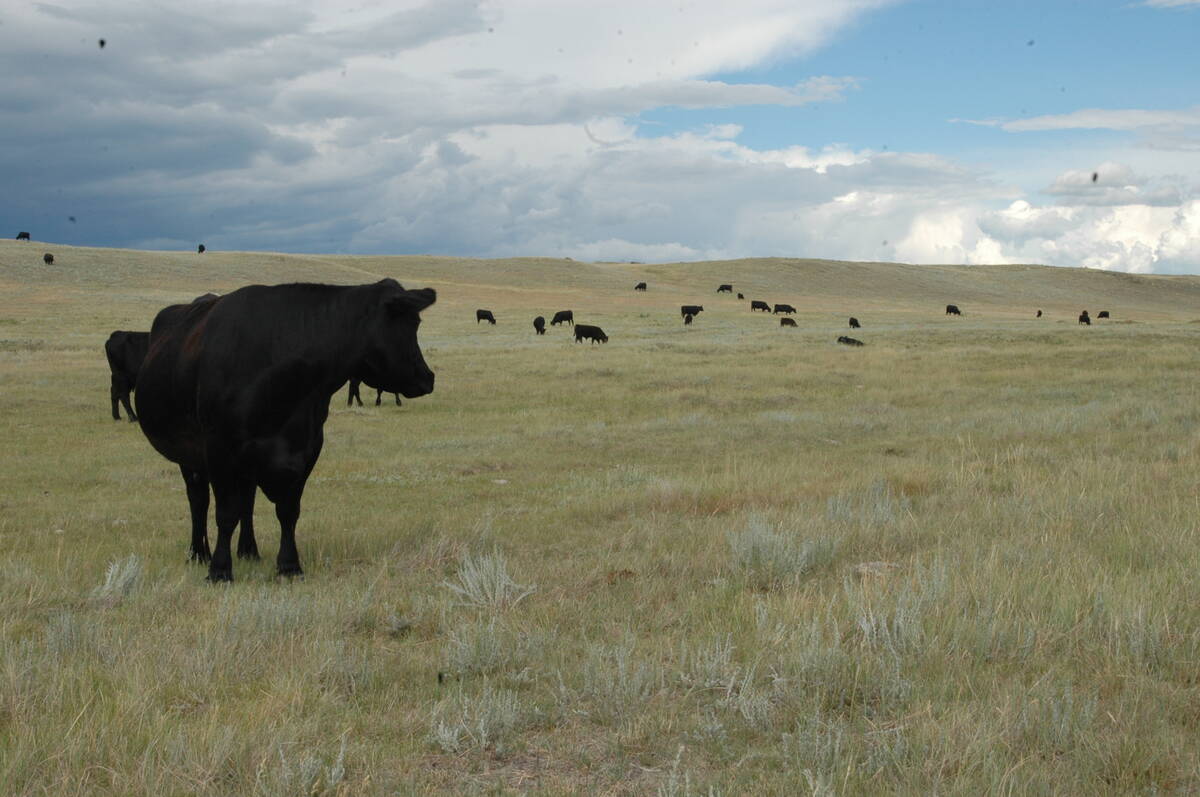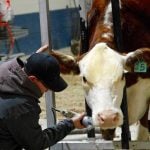A Queen’s Bench judge has agreed with Saskatchewan ranchers who claimed their pastures were improperly assessed.
But the agency that handles the province’s land assessments says it will appeal the ruling.
Four ranchers, acting as representatives of pasture owners in the province, challenged the Saskatchewan Assessment Management Agency’s method of valuing pastures after the 1997 reassessment.
They argued SAMA violated the Rural Municipality Act, which says land is to be assessed at its fair value.
The ranchers said crown lease land is less valuable than fee simple, or owned, land for many reasons, and therefore should not be assessed at the same rate.
Read Also

Canadian Food Inspection Agency slammed for handling of bovine tuberculosis case
The federal government leans heavily on producers to “take one for the team” and risk their livelihoods without any reassurance of support.
Delbert Schmidt, vice-president of the Saskatchewan Stock Growers Association’s land-use committee, used water availability in a pasture as an example.
“They (SAMA) weren’t taking into account if the pasture had no water on it,” he said.
“But for cultivated land, if it’s stony they take that into account.”
The ranchers noted lessees can’t make improvements to the land without government approval, are paid less for surface rights than owners of fee simple land, and must use different management tools.
Court agrees
In late January, justice Ted Malone agreed with the ranchers that these factors reduce the value of crown lease land. In his written decision, he said the provincial assessment manual used by SAMA is not consistent with the RM act.
Irwin Blank, managing director of technical standards and policy at SAMA, said the agency would appeal the ruling.
“We feel the decision did not address or give any consideration of a number of precedents.”
In particular, Blank said, the 1994 Lang decision was not properly referenced or noted. That decision involved a shopping mall in Regina and dealt with how much weight to put on the rules in the assessment manual.
“Relative to previous precedents (this case) seems to be going in a different direction,” Blank said. “We need that sense of surety.”















